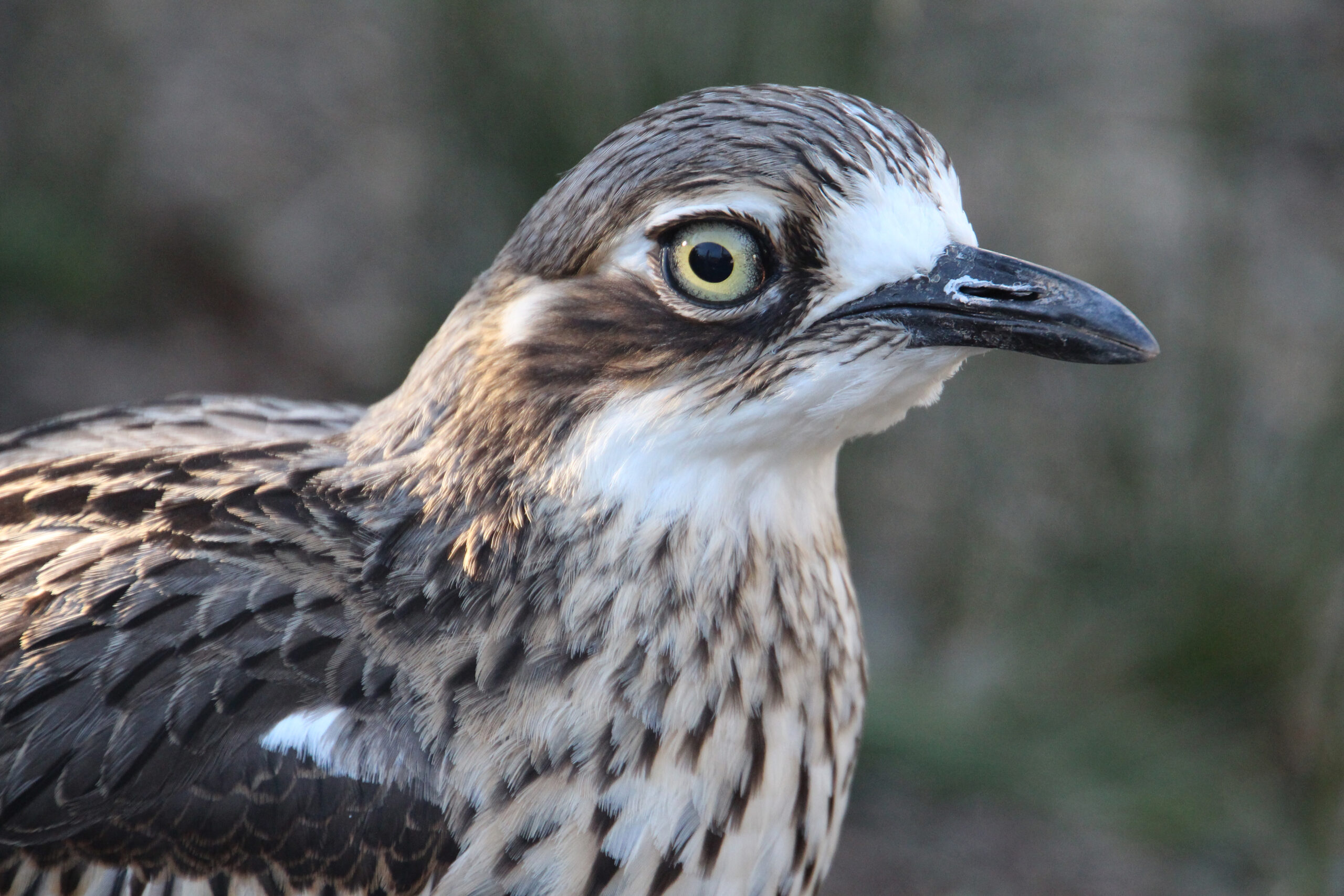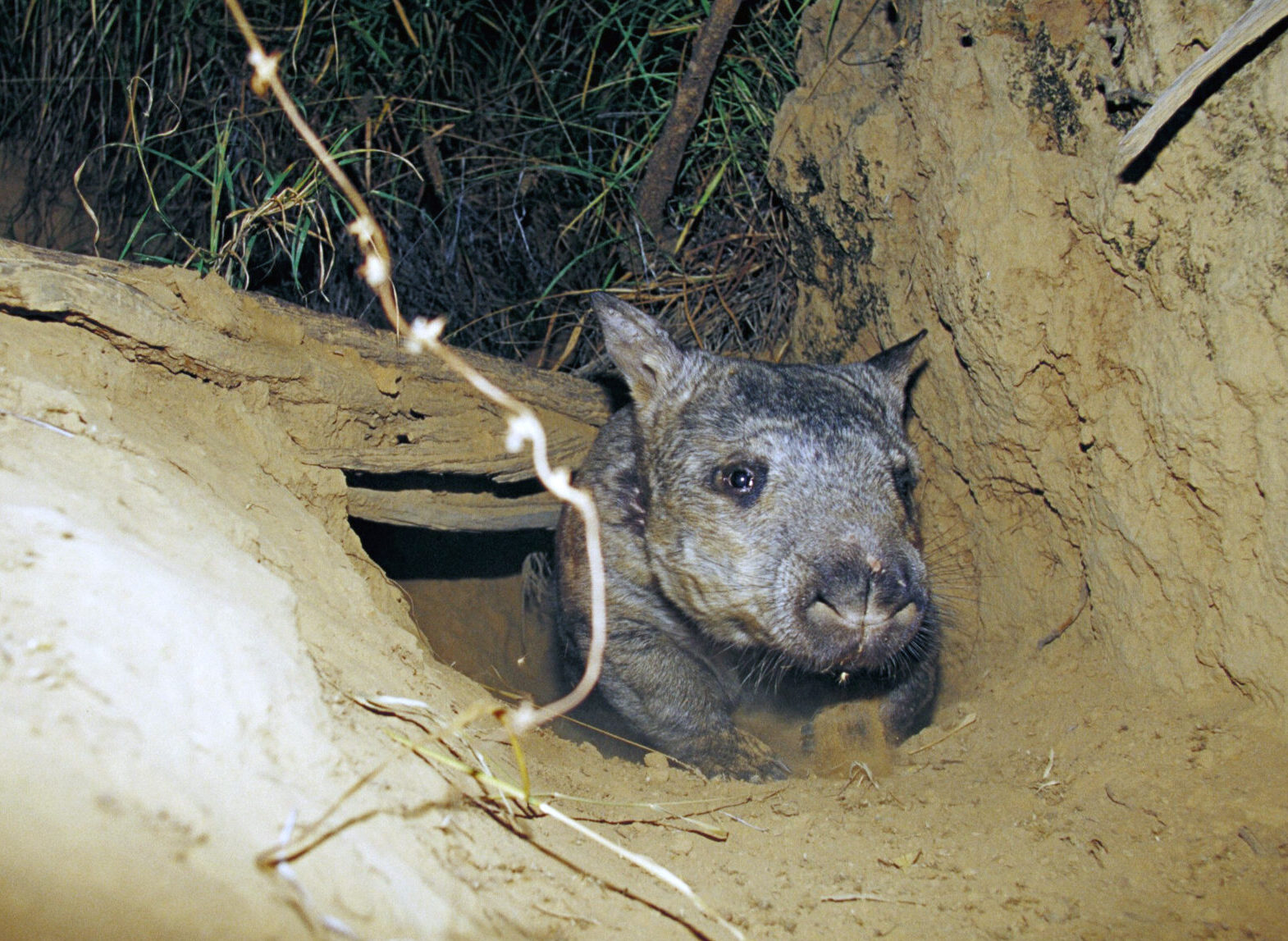| Common name | Manta ray |
| Scientific name | Mobula alfredi, Mobula birostris |
| Type | Fish |
| Diet | Filter feeder, eating zooplankton and krill |
| Average lifespan | Up to 50 years |
| Size | Gigantic oceanic manta rays average 4-4.5 metres, reef manta rays average 3 metres |
Majestic and gentle, the manta ray is among the largest fish in the world. The Spanish word ‘manta’ means blanket, shawl, or coat, and gliding through the ocean, these inquisitive animals take on the appearance of a floating, fluid piece of material, flapping in the watery current.
A recent scientist discovery in 2008 revealed that instead of one species of manta ray, there are in fact two in existence – the reef manta ray (Mobula alfredi) and the giant oceanic manta ray (Mobula birostris). Differing in size, dentition, and spine morphology, they also vary in preferred habitat, with the reef manta inhabiting the coastal fringes of the Indo-Pacific, and the giant oceanic manta spending its life in open waters around the world, mostly far from land.
With a large, flat, diamond-shaped body that can grow up to seven metres wide, the gigantic oceanic manta ray usually measures in at between four and four and a half metres between the tip of each of its wings. Reef manta rays are smaller at around three metres in width. With fingerprint-like identification in the form of unique spots on the underside of its belly, the manta ray has triangular, horn-like pectoral fins stemming from the front of its head, earning it the nickname “devil fish”.
Imposing in size, but without a stinging barb and with a narrow row of minute teeth, the manta ray is a true gentle giant of the sea. Both manta ray species are filter feeders that cruise the ocean with their mouths open, filtering zooplankton and krill through the rows of tiny rakes that line their mouths called gill plates. To satisfy their appetite, manta rays will use a range of different techniques including ‘ram-feeding’ (when a manta swims against the current with an open mouth), near-bottom feeding, looping, and cyclone feeding (where mantas follow each other in a circle with mouths open, creating a cyclone effect that traps food in a spiral). During feeding, manta rays can be seen en masse and this impressive collection of large fish is called a squadron.
When it comes to cold-blooded fish, the mantra ray is considered one of the most intelligent. With the largest brain to body size ratio of any living fish, studies reveal that the manta ray may recognise themselves in a mirror, indicating high cognitive function. Manta rays can also create mental maps of their environment through visual cues and smell, hinting at advanced long-term memory.
Although they have few natural predators (the biggest being the killer whale and large sharks), female manta rays have a low fecundity, giving birth to one pup every two-three years and only reaching sexual maturity by the age of between eight and 10 years. When the female is ready to breed, a unique ‘courtship train’ begins, with the female followed by several males that mimic her every move. Lasting for several days, the female will test her potential suitors by disrupting the train and checking which male is best at getting back into formation. After a 12month gestation, a live pup is born, wrapped safely like a burrito and can immediately survive without the care of their mother.










